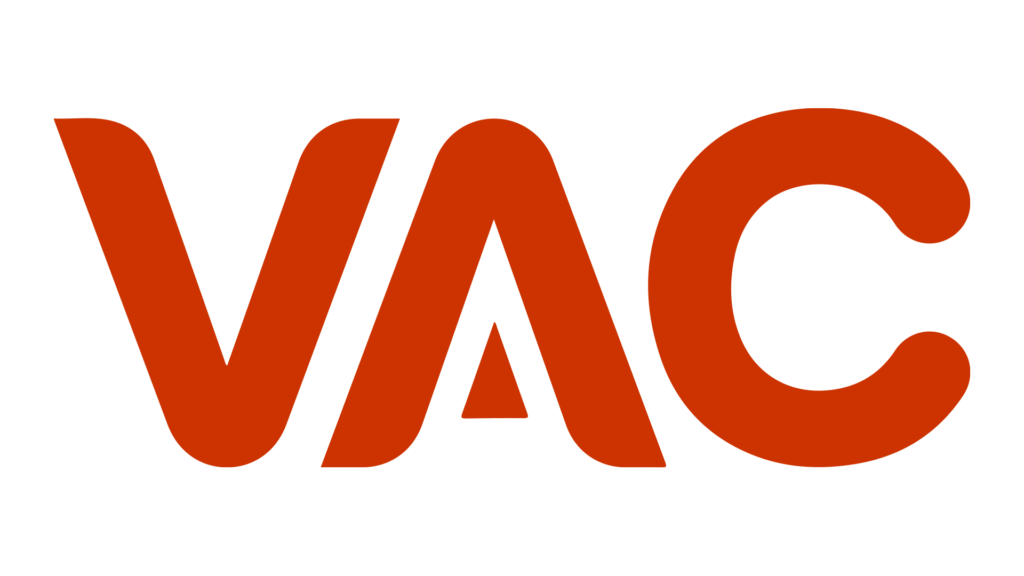For many people living and working in Europe, being away from family can be emotionally challenging. Fortunately, the Schengen Family Reunion Visa provides a legal pathway for families to reunite within the Schengen Area. Whether you’re a student, professional, or permanent resident, this visa allows your loved ones to join you and live together in one of the 29 Schengen countries. In this article, we’ll explore everything you need to know about this visa from eligibility and requirements to the application process and important tips for approval.

Understanding the Schengen Family Reunion Visa
The Schengen visa system enables free movement across 29 European countries, including France, Germany, Italy, Spain, and the Netherlands. For non-EU citizens residing legally in one of these countries, the family reunion visa is a type of long-stay visa (usually categorized as a “D visa”) that permits family members to live with them for an extended period, often with the possibility of later obtaining residence permits.
This visa is primarily meant for close family members, including:
- Spouses or registered partners
- Children (biological, adopted, or stepchildren)
- Parents of minor children residing in the Schengen area
In some cases, extended family members may also apply, but this depends on the host country’s immigration rules.
Eligibility Criteria
To qualify for a Schengen family reunion visa, certain conditions must be met by both the resident in the Schengen country (the sponsor) and the family members applying to join them.
For the sponsor (resident in Europe):
- Must have legal residence status or a valid residence permit.
- Should demonstrate sufficient income to support family members.
- Must have adequate accommodation that meets local housing standards.
- Must hold valid health insurance coverage for themselves and dependents.
For the family members (applicants):
- Must have valid travel documents (e.g., passport).
- Must provide proof of family relationship (such as marriage or birth certificates).
- May be required to undergo medical checks or background verifications.
Application Process
While the process varies slightly by country, most Schengen states follow similar steps for family reunion applications:
- Gather the required documents: Prepare all essential paperwork including valid passport, completed visa application form, passport photos, proof of relationship (marriage or birth certificate), financial statements, accommodation proof, and health insurance.
- Book an appointment: Schedule an appointment at the consulate or visa application center of the country where your family member resides.
- Submit the application: Attend the appointment in person to submit the documents, pay the visa fee, and provide biometrics (fingerprints and photos).
- Wait for processing: Processing time can take from 4 to 12 weeks, depending on the country and volume of applications. Some embassies may request additional interviews or documents during this period.
- Receive a decision: If approved, the family member will receive a visa sticker in their passport, allowing entry into the Schengen country. Upon arrival, they may need to apply for a residence permit within a specific timeframe.
Important Tips for a Successful Schengen Family Reunion Visa Application
- Ensure all documents are translated and legalized where necessary.
- Provide genuine evidence of family ties; embassies conduct strict verification.
- Show proof of sufficient funds and accommodation to demonstrate stability.
- Apply well in advance, especially if there are peak travel or holiday seasons.
- Avoid inconsistencies. All information must align with the sponsor’s residency details.
Duration and Rights Under the Schengen Family Reunion Visa
Once approved, the family reunion visa usually allows a stay longer than 90 days, depending on the host country’s policy. Family members are often eligible to:
- Live with the sponsor legally
- Access healthcare and education (in some cases)
- Work or study, depending on national regulations
Over time, they may also become eligible for permanent residence or even citizenship, provided they meet integration and residence requirements.
Conclusion
The Schengen Family Reunion Visa is more than just a travel document. It’s a bridge that reconnects loved ones separated by distance. While the process can be detailed and sometimes lengthy, careful preparation and accurate documentation significantly increase the chances of approval.
If your goal is to bring your family to Europe, start early, follow your host country’s specific guidelines, and ensure every document supports your application. Reuniting with your loved ones is possible, and with the right guidance, your European family dream can soon become a reality.
If you feel it’ll be a daunting task for you to undertake by yourself, feel free to contact us and we will help you process your application from start to finish. And of course, you’ll stand a higher chance of getting the visa with an experienced visa consultant.
